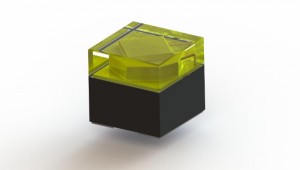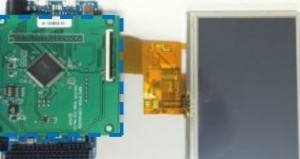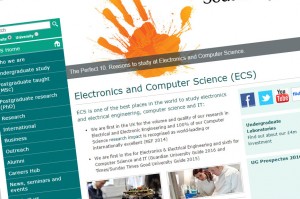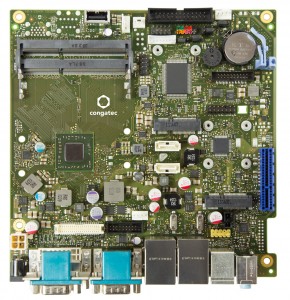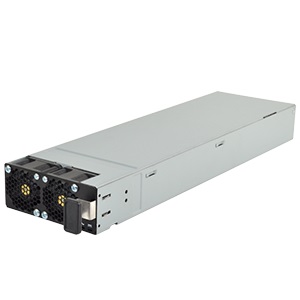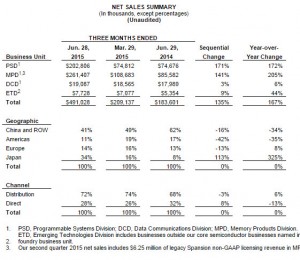 Embedded software developer Coderus is raising its profile in the wireless IoT market by signing up to the Microchip Design Partner Program as an app developer specialist.
Embedded software developer Coderus is raising its profile in the wireless IoT market by signing up to the Microchip Design Partner Program as an app developer specialist.
Suffolk-based Coderus sees Microchip as “a supermarket for core modules with which brands can build their products” and this will fit well with its custom software.
The software developer has worked with Microchip in a partnership agreement with Bowers & Wilkins, and has this has given it a software design capability to support the firm’s microcontrollers.
Coderus has developed a customisation toolkit for the Microchip range of microcontrollers.
Mark Thomas, managing director of Coderus, writes:
“We’ve designed the toolkit to give us a menu of choices so we can deliver a complete package that includes both embedded and mobile solutions, or we can choose one or several elements to work separately or to combine together.”
The firm also carries out functional and automated testing of the software apps before a product reaches the market.
Coderus has offices at Adastral Park, Ipswich and St John’s Innovation Centre, Cambridge. Company managing director Mark Thomas has attended Apple WWDC for the last 15 years and presently hold four patents from his work at BT Plc and is a co-Author on a published paper at Siemens.
In May, Coderus hosted a Google I/O extended event with keynote speeches streamed live from San Francisco to BT’s John Bray Lecture Theatre at Adastral Park.
Over 130 developers attended the event with live Google technology demo sessions.

